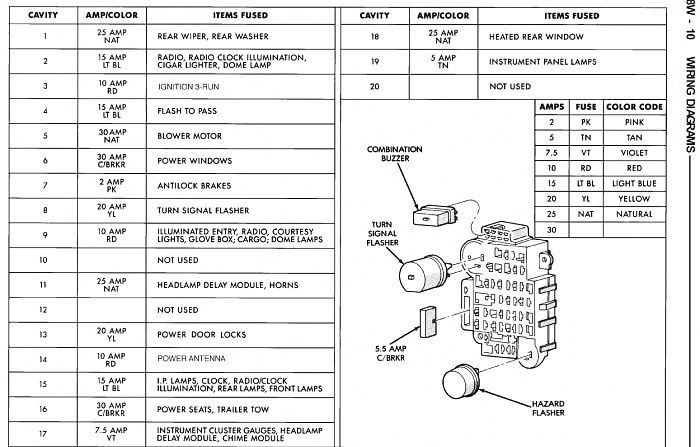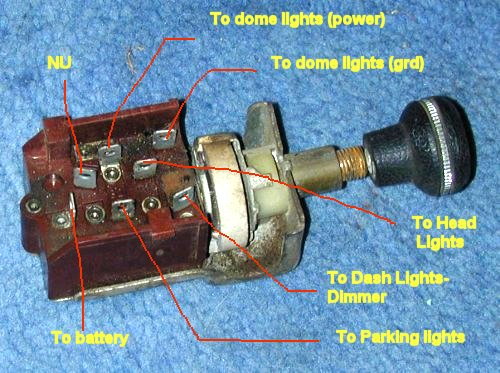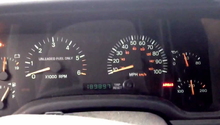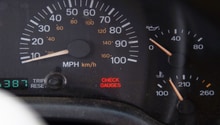Jeep Grand Cherokee 1993-1998: Why Don't My Running or Dash Lights Work?
A lot of times, dash lights are linked to exterior lights on the vehicle. For example, if you blow a tail light bulb, the gauge cluster lights will die with it, indicating and warning you of a problem.
This article applies to the Jeep Grand Cherokee ZJ (1993-1998).
When your dash lights go out, it's a big problem. Since you aren't likely to notice until it's dark, you might find yourself driving home late at night without knowing what speed you're driving. In the Jeep Cherokee, faulty dash lights generally also cause running lights to stop working as well. And, depending on the source of the problem, your tail lights or parking lights could give out as well. To track down the source of the problem, all that's required is a little bit of simple diagnostic. Keep reading and we'll help you track down the source of your lighting gremlin.

Materials Needed
- Test light
- Fuses
- Voltmeter/multimeter
Step 1 – Check your fuses
The ZJ Jeep Cherokee has one fuse that controls dash light illumination. It is a 5 amp fuse located in cavity 19. Check to see if the fuse is blown. If it is blown, replace it and test to see if your lights are working. If it isn't blown, use a test light to check and see if there is power to the fuse. If there is no power going to the fuse, move on to Step 2.

Step 2 – Check your headlight switch
If your fuse is not blown but you aren't getting power to the fuse at the terminal, your headlight switch is bad and must be replaced. If your fuse isn't blown and you have power at the fuse terminal, move on to Step 3.

Step 3 – Check your instrument panel bulbs
It's highly unlikely that all of your instrument panel bulbs would blow out at the same time. A more likely scenario would be that one goes out, leaving part of the instrument panel dark while the other part is still lit up. This is a clear indication that you have a blown bulb. Replacing these bulbs requires removal of the instrument panel, which can be a bit of a pain.

Related Discussions
- No Running Lights or Dash Lights - CherokeeForum.com
- Dash Lights Just Went Out - CherokeeForum.com
- Electrical Gremlins, Dash Light Problems - CherokeeForum.com






